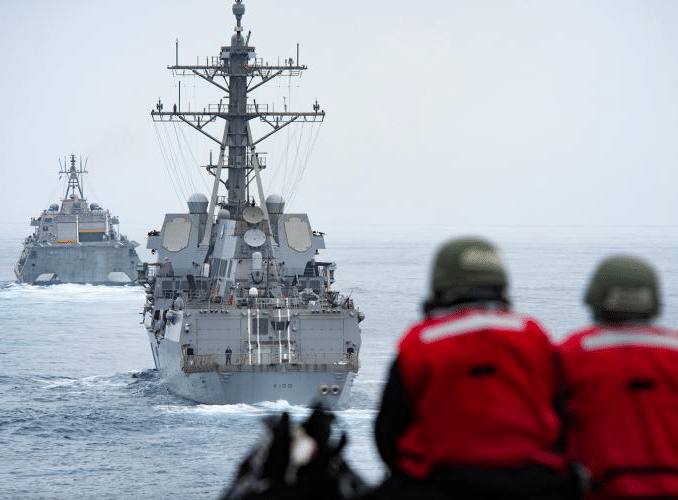
The United States Defense Department may one day rely on thousands of low-cost, floating sensors to collect data such as water temperature, fish and maritime mammal movements, and commercial vessel navigation. The DoD has tapped several companies, including Areté, to create the floating sensor network.
Such an effort is part of a growing Internet of Things — in this case deep knowledge of all things oceanic. Although the Internet of Things has to date been primarily land-based, the Defense Advanced Research Projects Agency (DARPA) foresees many benefits of ocean knowledge for military, commercial, and civil uses.
The agency announced its Ocean of Things program in 2017 to increase maritime knowledge in a cost-effective way. In addition to better modeling of the ocean, the program could also help forecast weather, find people who have fallen overboard, and locate crashed aircraft.
DARPA’s initial plan is to release a network of 4,500 floating sensors for one year, transmitting their data by satellite back to a central location for analysis. Ultimately, DARPA plans to release 50,000 units
STRIDR (Sea-Trekking Rechargeable Instrumented DRifter) is Areté’s answer to DARPA’s request, featuring a highly biodegradable unit powered by solar “wings” and easily connected to similar units. The unit is in ongoing development and testing.
